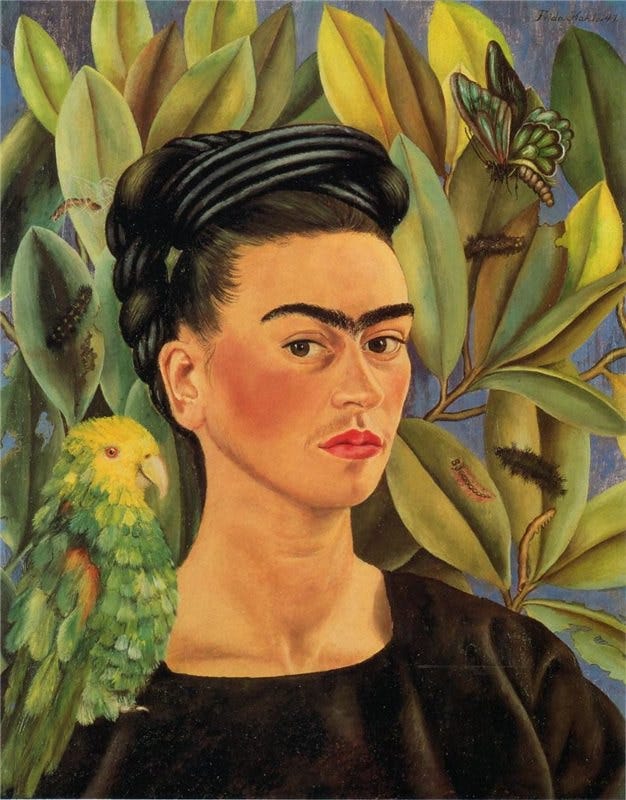

Together with legitimate birth, these were to be the firmaments of the code of honour with that which society was so deeply imbued.” What better way to “prove” one’s purebred status as a Habsburg than to have a portrait painted with the trademark trait? According to some 17th-century accounts, portraits of this family were vetted for their resemblance to the individuals they represented, and even censored when they were considered to lack the requisite likeness. In a lecture delivered over 20 years ago on these very portraits, David Davies remarked that, critical to the Catholic dynasty that ruled over enormous and diverse territories was not only “purity of faith but also purity of blood. Once a particular trait - say, that jaw - entered the canon of Habsburg portraiture, it was in the sitter’s interest to have an artist paint him or her with it to signal their membership in the dynasty. 1677–79), oil on canvas, 81.8 x 56.6 inches City Council of Seville (photo courtesy Wikimedia Commons)

Juan Carreño de Miranda, “Charles II of Spain,” (ca. In other words, the painted portrait constituted a key piece of evidence, not of the subject’s actual face, but of the subject’s legitimacy.

One way in which an artist could have signaled a sitter’s pedigree would have been to portray him or her with a particular physical feature for which a relative or ancestor was known. But there is a high-level issue, one immediately recognizable to any art historian and almost immediately disqualifying: The genre of royal or dynastic portraiture has as one of its fundamental tasks the establishment of a lineage and legitimacy. The minute measurements required to even “diagnose” a condition from them cannot be meaningfully compared across such a diverse body of evidence. The baseline empirical problems present themselves at the outset: the 66 paintings examined were produced over more than 100 years by different artists working in different regions and styles. Take the Habsburg jaw article: In lay terms, the authors looked at a lot of paintings representing members of the Habsburg family and determined that any jaws that were large in relation to the face were the result of inbreeding. None of these predicates can be stripped away or controlled for to reveal the “true,” real-life face. It is governed by the goals of the patron, the preferences of the artist, representational norms of a given time and place, the expectations of the anticipated audience, and its intended location and function. A portrait, like any other kind of art, is the product of intersecting demands and desires. This assumption is not only false it is preposterous. In other words, their assumption is that the features of painted faces are the facts of the flesh-and-blood countenances to which they refer. For example, a study published in the Annals of Human Biology, asserts a correlation between inbreeding and the outsize jaws represented in portraits of the Hapsburgs a paper published in Nature Communications argues that a rise in displays of trustworthiness between the years 15 can be ascertained from paintings hung in the National Portrait Gallery of London and a CNN article claims that Leonardo da Vinci’s depictions prove he had an eye condition partly responsible for his artistic genius.īut what kind of evidence is portraiture? Many of these studies presume an equivalence between paintings and the people they represent. Portraiture attracts the attention of those who work in the sciences precisely because, with its often lifelike appearance, it seems to offer itself up as evidence, providing faces that might be psychoanalyzed or diagnosed. So, it is unsurprising to see the regularity with which news outlets and social media report with breathless excitement scientific discoveries about the past that emerge from the application of the latest imaging technologies, artificial intelligence software, and medical diagnostics of very old portraiture. Portraits are, to use a phrase common among our students, relatable. As representations of people who lived hundreds, even thousands, of years ago, they seem to afford direct access to what can often feel like an inaccessible past, humanizing people who inhabited cultures far removed from our own. Portraiture is an irresistible genre of painting.


 0 kommentar(er)
0 kommentar(er)
